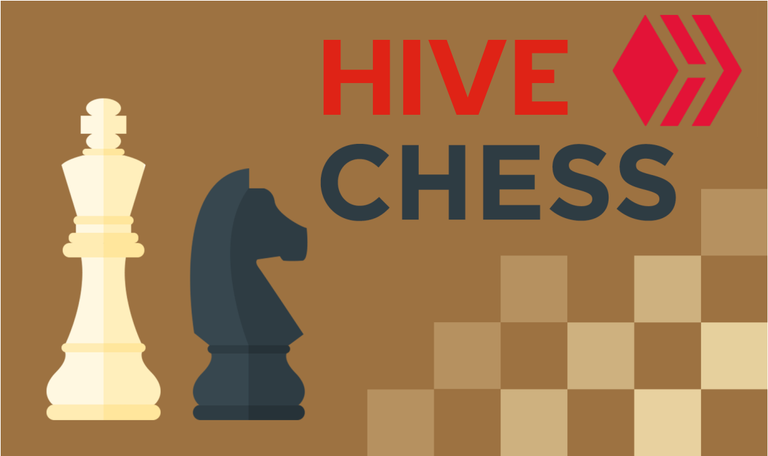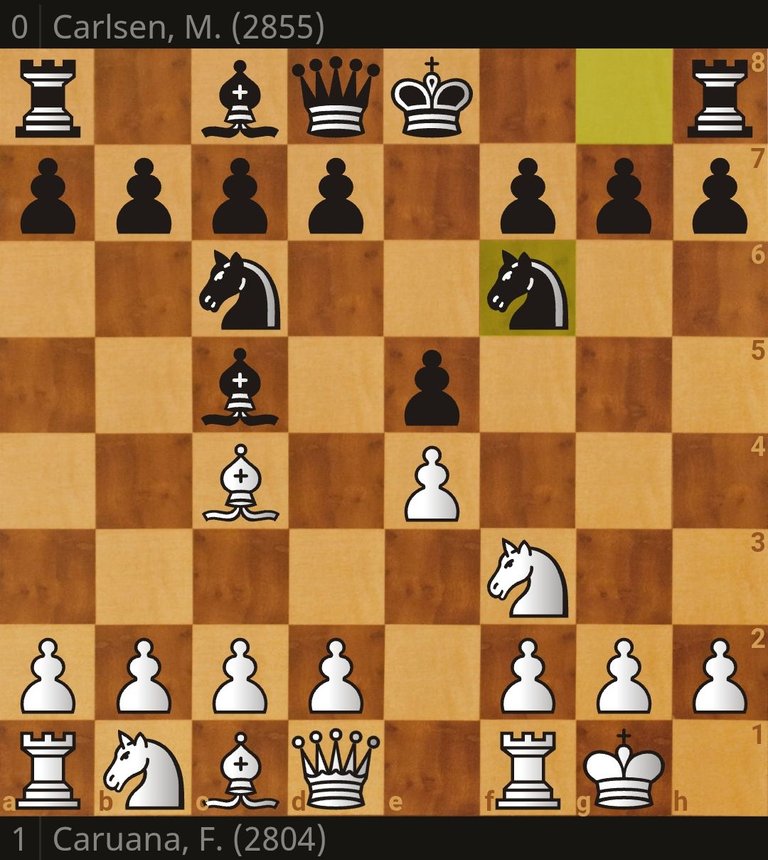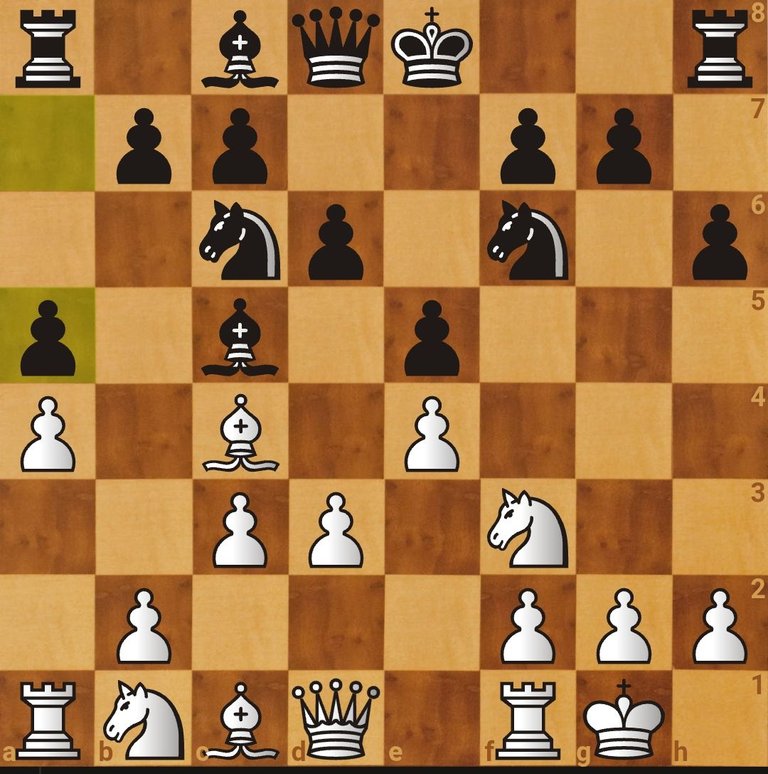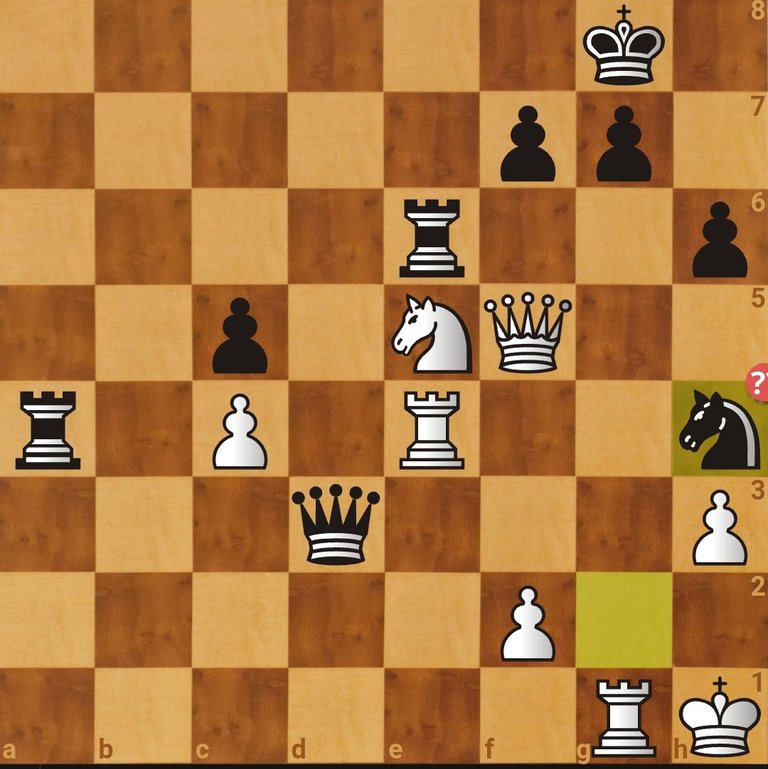
Hello chess players,
It's lovely to have you in another HiveChess class and today's focus will be on the chess opening called the Italian Game. This is one of the openings I learned way back in secondary school when I began exploring chess openings to see which would be a great fit for my aggressive style of play. Back then I wanted something sharp and easy to remember so I could grab a fast win from my friends who were still dwelling on piece movements and captures.
I have to say that the Italian Game is a good fit for a beginner who is just starting with learning chess openings because it follows the opening principles:
- Control the center.
- Develop your pieces.
- Castle your king to safety.
This is why I chose this opening for today's class and one thing that is special about these HiveChess lectures is that I teach topics that are useful to anyone interested in improving their chess.
The opening starts with
1. e4 e5 2. Nf3 Nc6 3. Bc4

From the position above, you can see that this opening has allowed white to control the center with the pawn on e4 and that's not all, the move e4 has also created space for the queen to move on the light diagonal.
The same thing also applies to black, so you can say the Italian game gives equal opportunity to both sides. Making it a balanced game.
Next up white goes on to develop the knight to f3 which allows the knight to cover more squares unlike if it were placed at the edge, h3.
Although Black could respond with Nf6 as well just like white moved their knight to f3, it will be a different opening called the Petroff defence, which we will look at in another class. For now, the continuation for playing the Italian game is Nc6 for black's second move. This protects black's center pawn on e5 which is being threatened by the knight on f3.
The Italian game is quite popular and played even at the topmost level of chess and here is a game between Fabiano Caruana and Magnus Carlsen, where the Italian game was played.
Caruana vs Carlsen
1. e4 e5 2. Nf3 Nc6 3. Bc4 Bc5 4. O-O Nf6

Here black went for the Nc6 continuation, creating space for his king to castle on his next move. Now that's principle at work and both sides are using it. The center is being controlled, and rapid development of minor pieces allows the king safety with castling.

7. a4 a5
When playing the Italian game, as white a4 is a common move to consider playing especially after castling. This is because it allows for active expansion on the queen side if you ever need to switch play towards that angle. This need arises most times when the center is blocked or when there is not much going on in the center.
Also playing as black, a good counter response is a5 to help prevent the expansion, or in some cases dismantle it.
The game went on for a couple of moves until Carlsen made a knight move blunder which led to an unavoidable mate.

Can you spot the winning move?
Take your time and I'm sure you will see it. Although the entire game isn't the main focus for this class, rather the opening and how they kept it simple by using opening principles to play the Italian game.
Here is the game link if you would like to watch the game.
And here is the game PGN
Here’s the clean PGN of the game without timestamps or annotations:
[Event "GCT Blitz Paris 2016"]
[Site "Paris FRA"]
[Date "2016.06.12"]
[Round "11.5"]
[White "Caruana, F."]
[Black "Carlsen, M."]
[Result "1-0"]
[WhiteElo "2804"]
[BlackElo "2855"]
[ECO "C54"]
[Opening "Italian Game: Classical Variation, Giuoco Pianissimo, with h6"]
[Termination "Normal"]
1. e4 e5 2. Nf3 Nc6 3. Bc4 Bc5 4. O-O Nf6 5. d3 d6 6. c3 h6
7. a4 a5 8. Na3 Bxa3 9. Rxa3 O-O 10. Re1 Re8 11. h3 Be6 12. Bb5 Bd7
13. Be3 Ne7 14. Bc4 Ng6 15. Qb3 Be6 16. Bxe6 Rxe6 17. Qxb7 Rb8
18. Qa6 Rxb2 19. Qxa5 d5 20. Raa1 dxe4 21. dxe4 Qc8 22. Nd2 Nh5
23. Nc4 Rb8 24. Reb1 Ra8 25. Qc5 Nhf4 26. Bxf4 Nxf4 27. Nxe5 Qe8
28. Nf3 Rg6 29. Qf5 Nxg2 30. Kh1 Raa6 31. e5 Qa8 32. Rb4 c5
33. Re4 Qd5 34. c4 Qd3 35. Rg1 Rxa4 36. e6 Rxe6 37. Ne5 Nh4
38. Qxf7+ 1-0
That's a wrap for this class until next time.


I am @samostically. I love to talk and write about chess because I benefited a lot from playing chess, and I love writing about chess.
♟♟♟♟♟♟♟♟♟

Posted Using INLEO